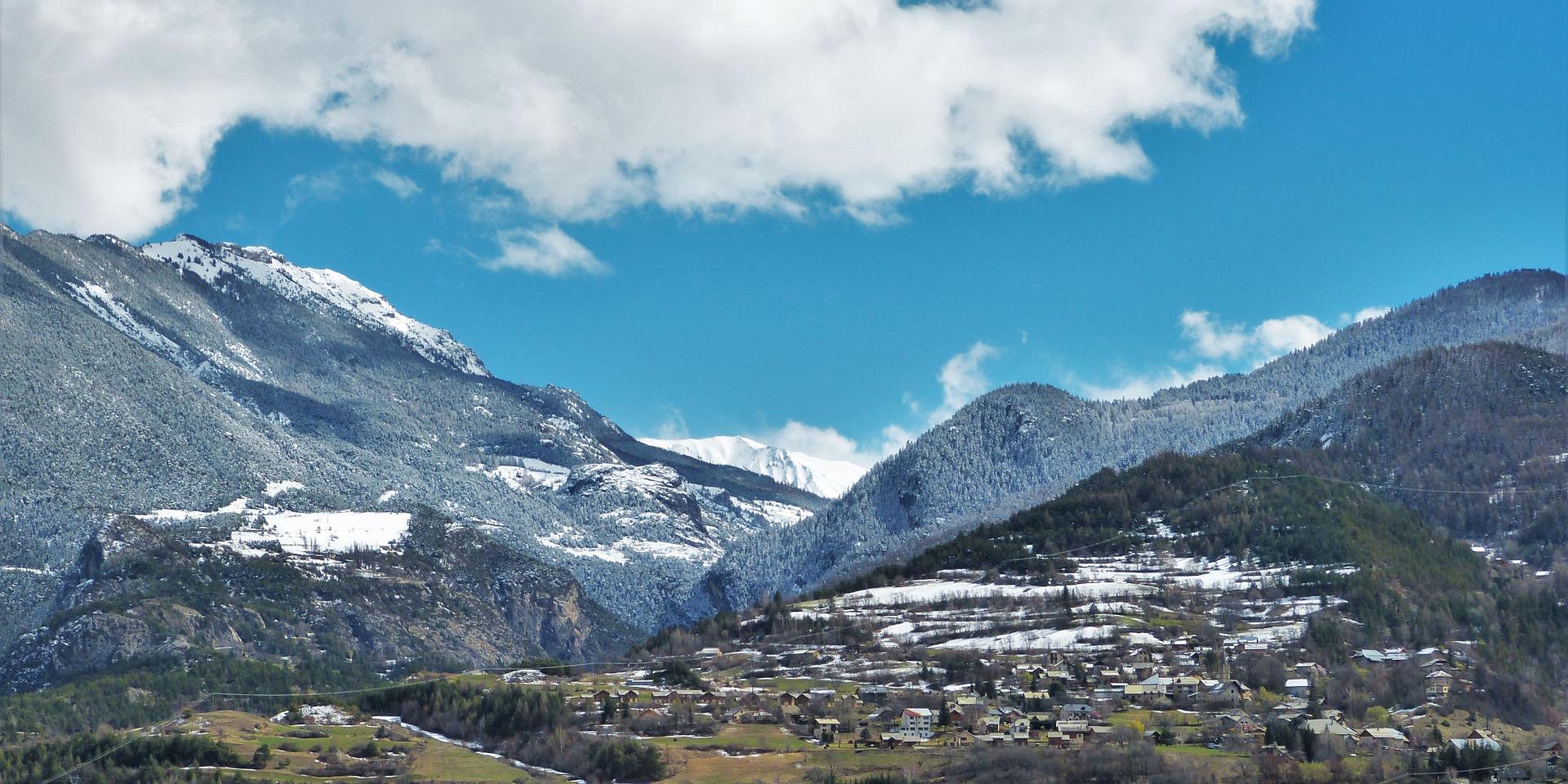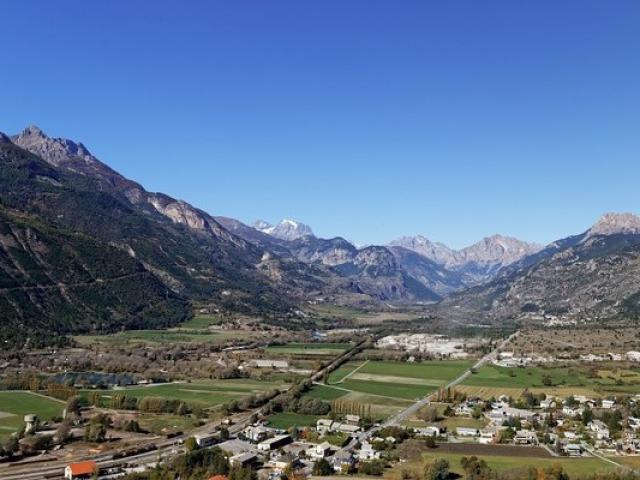A fortification signed by Vauban
A place where time stands still
In 1693, Louis XIV ordered the erection of a fortress in response to onslaughts led by the Duke of Savoie. Napoleon’s military engineer Vauban was put in charge of the project, and his extraordinary fortification was baptized in honour of Louis XIV’s son. Mont-Dauphin offers a formidable testimony to the genius of Vauban, with its Fort des Têtes, powder room, Rochambon barracks and their astonishing arched “tunnel ceiling” . Continue the tour with a visit to the Lunette d’Arçon – a tower added in the 19th century by a General of the same name -and the underground galleries. At the exit from the galleries, watch out for the chauguette, a little lodge used to shelter watchmen that is suspended from the facade.


